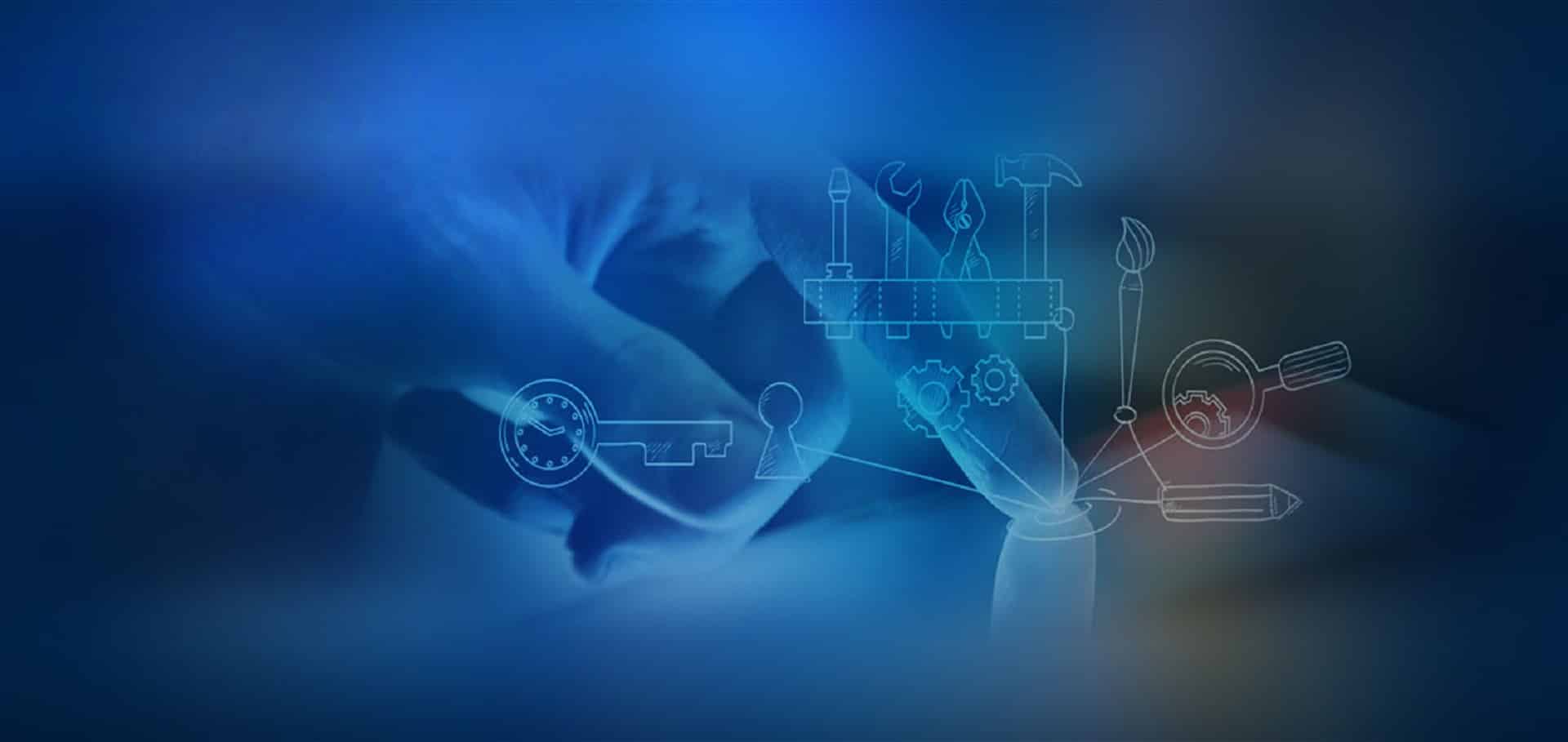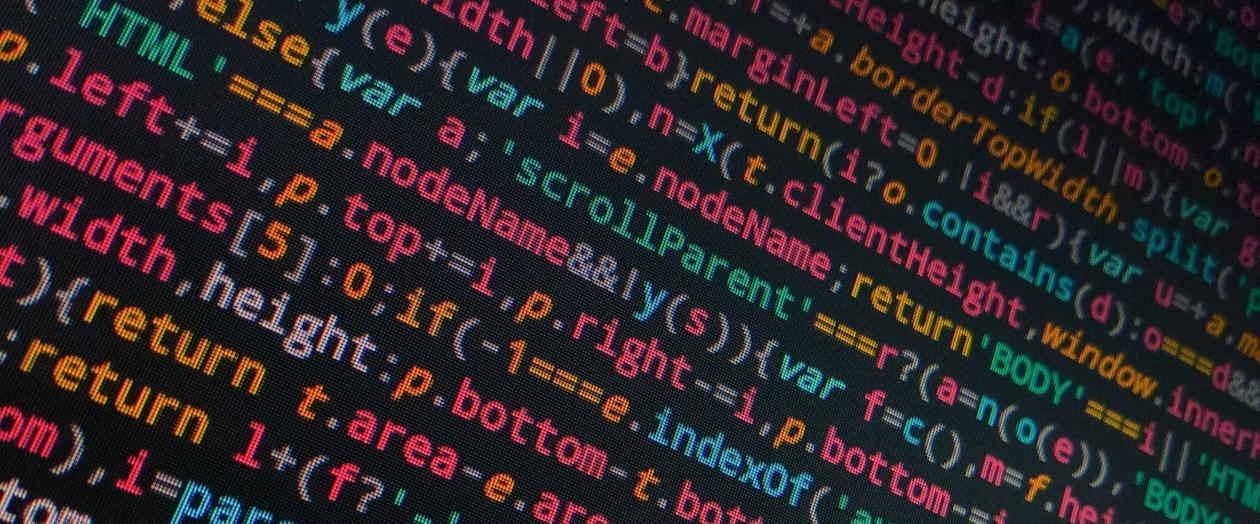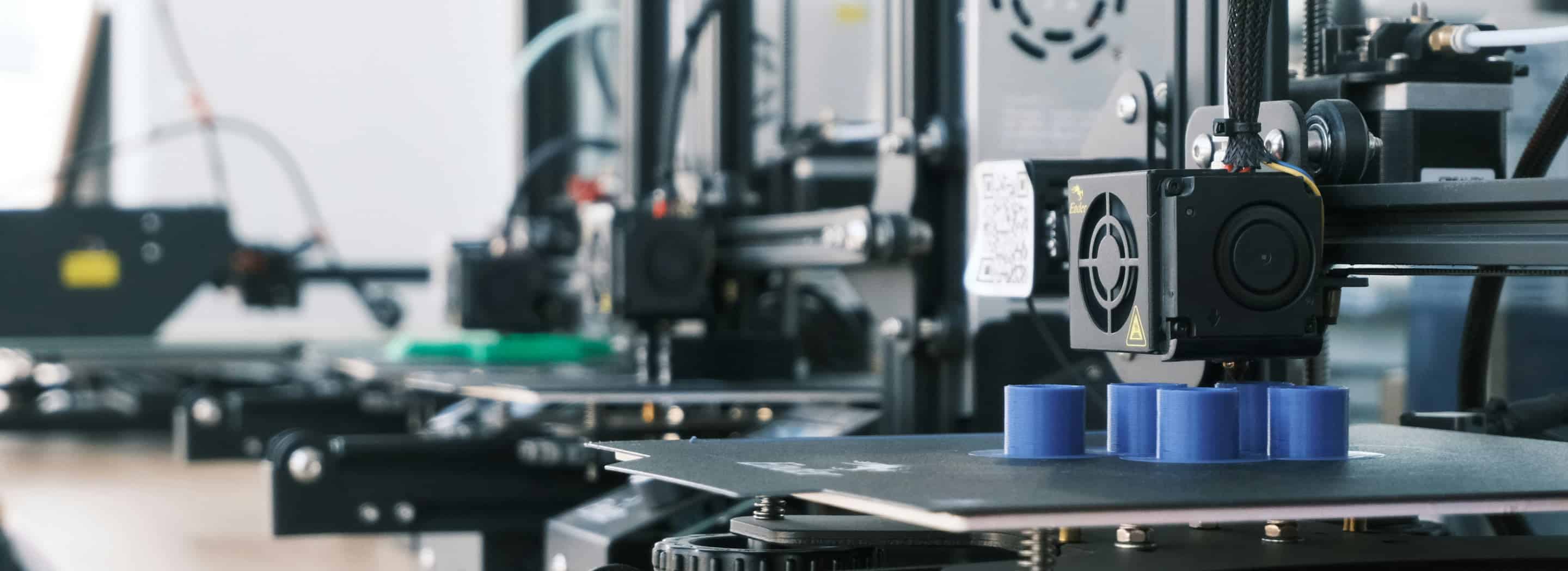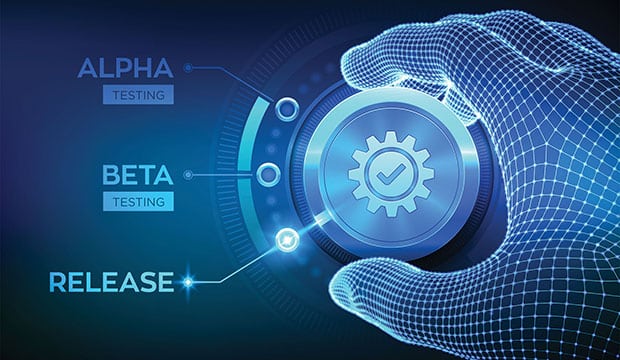AI in Automation Testing: What to Expect
The synergy between Artificial Intelligence (AI) and automation testing heralds a new era of quality assurance, bringing about a paradigm shift in how testing is conducted. This convergence is paving the way for more reliable, efficient, and faster testing processes, enabling organizations to deliver high-quality software at a brisk pace.
Read this article to find out the following:
- Debugging with the help of AI
- Automation with the help of AI
- The future for AI in automation testing

Table of Contents
AI automation testing marks a revolutionary shift in the field of software testing. Its entry into the domain augments the testing arena by enabling the creation of smarter test scripts that learn from historical data, thereby enhancing their efficiency over time. This is a significant leap from traditional script-based testing, which lacks the ability to adapt to changes without manual intervention. AI, with its learning algorithms, empowers automated tests to adapt to changes in the application under test, reducing the maintenance burden and enhancing the accuracy of tests.
Table of Contents
The transformative impact of AI on testing methodologies and approaches
AI’s impact transcends beyond just enhancing testing capabilities; it’s reshaping the methodologies and approaches towards testing. Traditional testing methods, which rely heavily on manual script writing and maintenance, are gradually being overshadowed by AI-driven approaches. These new methodologies prioritize continuous learning from data and adaptive test strategies, which are pivotal in detecting errors at early stages. This not only curtails debugging time but also accelerates the delivery of high-quality software. AI-driven testing methodologies are emerging as the new standard, offering a blend of efficiency, accuracy, and adaptability, which is quintessential in the fast-evolving software development landscape.
Pioneering AI technologies in automation testing
The canvas of automation testing services is witnessing a vivid splash of AI technologies, each bringing a unique shade of efficiency, intelligence, and innovation to the table. The fusion of AI technologies with automation testing is not just a transient trend but a substantial stride towards revolutionizing testing paradigms. As we delve deeper into this blend, we uncover a spectrum of AI technologies making significant inroads in the automation testing domain.
Exploration of emerging AI technologies and their applications in testing
A myriad of AI technologies are seeping into the automation testing domain, with Machine Learning (ML), Natural Language Processing (NLP), and Predictive Analytics leading the charge. Their ingress is viewed as a catalyst for enhancing various facets of testing, right from test case generation to insightful analytics:
- Machine Learning (ML): ML, with its ability to learn from data, is instrumental in automating the generation of test cases, identifying bugs, and optimizing testing processes.
- Natural Language Processing (NLP): NLP enhances the understanding of software requirements written in natural language, facilitating automated test case generation.
- Predictive Analytics: By analyzing historical data, Predictive Analytics can foresee potential issues, enabling preemptive actions to avert defects.
The application of these technologies is proving to be a boon for testers, providing the tools necessary to carry out comprehensive and intelligent testing, which is instrumental in delivering robust, high-quality software.
Evaluation of AI-driven testing tools and platforms
The landscape of testing tools and platforms is becoming increasingly fertile with the infusion of AI capabilities. A new breed of AI-driven testing tools is emerging, designed with the prowess to intelligently analyze application behavior, predict potential issues, and optimize test cases. These tools, equipped with AI engines, are capable of self-learning, which enhances their efficiency over time, making the testing process more streamlined and effective.
Tools like Testim, ReTest, and Applitools are examples of platforms that leverage AI to optimize the testing process. They provide features like visual validation, smart locators, and self-healing tests, which reduce the maintenance burden and improve the reliability and accuracy of automation tests. The evaluation of these tools reveals a promising trajectory towards making automation testing more intelligent, efficient, and insightful, portraying a bright future for AI-driven testing paradigms.
AI-powered test generation and execution
Embracing Artificial Intelligence (AI) in test generation and execution unveils a realm of possibilities in automation testing. AI, with its prowess in data analysis and pattern recognition, significantly propels the efficiency and effectiveness of test case generation and execution. As we traverse further into this domain, the essence of AI’s contribution to testing processes becomes more pronounced.
Insight into how AI enhances test case generation and execution
The synergy between AI and test case generation is a notable advancement in automation testing. AI’s ability to sift through extensive data, discern patterns, and understand the application behavior lays the groundwork for automatic creation of test scripts. This automation is a huge leap towards reducing the manual drudgery involved in scripting, thus freeing up testers to focus on more complex testing scenarios. Furthermore, AI’s knack for learning from user interactions with the application enriches the test script creation process, making it more aligned with real-world usage scenarios.
Analysis of AI’s efficiency in identifying and executing tests
AI transcends its utility beyond just test generation to encompass test identification and execution. It harbors the capability to ascertain the relevance of tests based on code changes, ensuring that the most pertinent tests are executed post alterations. This nuanced approach to test execution not only accelerates the testing cycle but also ensures that the feedback loop is faster. The ripple effect of this efficiency is observed in quicker releases and a more dynamic response to code modifications, painting a picture of an agile and responsive testing process.
Intelligent bug detection and resolution with AI
AI’s emergence in the bug detection and resolution arena is akin to a whiff of fresh air. Its analytical acumen serves as a powerful asset in unearthing bugs and suggesting resolutions, thereby accelerating the defect management process. Let’s delve deeper into how AI’s analytical prowess is steering the bug detection and resolution landscape towards a more efficient horizon.
Examination of AI’s capability in detecting and resolving defects effectively
AI’s forte in sifting through voluminous logs and data sets to fish out anomalies is a cornerstone in intelligent bug detection. The advanced analytical capabilities of AI empower it to not only identify defects but also suggest potential resolutions. This dual capability significantly truncates the bug-fixing timeline, ensuring a higher software quality. Moreover, AI’s ability to learn from past bug detection and resolution scenarios further refines its defect management capabilities, making it an invaluable asset in the bug detection domain.
Strategies for leveraging AI for improved defect management
Defect management strategies are now receiving a touch of finesse with the incorporation of AI. The automation of triage, prioritization of bug fixing based on potential impact, and suggestion of possible solutions are some of the facets where AI is making a substantial difference. This AI-fueled efficiency is revolutionizing defect management processes, making them more streamlined, intelligent, and effective. The infusion of AI in defect management not only accelerates the process but also enhances the accuracy and effectiveness of bug resolution strategies.
Predictive analysis and risk assessment in testing
The interplay between AI and predictive analytics in automation testing is a narrative of how foresight can significantly enhance testing processes. AI’s capability to predict potential problem areas based on historical data analysis is a monumental stride in risk assessment. This predictive prowess of AI is turning heads in the automation testing community, for it opens up avenues for more informed and effective testing strategies.
The role of AI in predictive analytics and risk assessment in automation testing
AI’s role in predictive analytics is nothing short of transformative for risk assessment in automation testing. By meticulously analyzing historical data, AI sheds light on potential problem areas, enabling a more focused and effective testing strategy. This foresight allows testers to channel their efforts where it matters the most, thus ensuring a better utilization of resources and a higher bug detection rate.
Benefits of employing AI for informed decision-making in the testing process
The adoption of AI for predictive analysis is a paradigm shift towards data-driven decision-making in testing processes. This shift empowers testing teams with actionable insights that drive better resource allocation, effective risk management, and, ultimately, a higher quality of software delivery. The ripple effect of this informed decision-making is felt across the testing lifecycle, making testing processes more robust, insightful, and effective. The narrative of employing AI for informed decision-making is an ode to how intelligence-driven strategies can significantly elevate the quality and effectiveness of automation testing.
Ethical considerations and challenges in AI-driven testing
The integration of AI in automation testing brings along a cascade of ethical considerations and challenges that are pivotal to address for responsible AI utilization. Among the forefront of these considerations are issues surrounding bias, transparency, and data privacy. These ethical dimensions are not mere checkboxes but are intertwined with the very fabric of AI-driven testing. Bias in AI could lead to unfair testing outcomes, while lack of transparency may veil critical decision-making processes, and lax data privacy measures could jeopardize sensitive information. Thus, it’s imperative to delve into these ethical dimensions, understand their implications, and devise strategies to navigate through the potential challenges they present in AI-driven testing.
Exploration of the ethical dimensions and potential challenges of using AI in testing
As AI becomes more integrated into testing, ethical considerations around bias, transparency, and data privacy come to the forefront. It’s essential to address these issues to ensure the responsible use of AI in automation testing.
Recommendations for ethical and responsible AI utilization in automation testing
As we venture deeper into the realm of AI-driven testing, developing robust guidelines and best practices for ethical AI utilization is paramount. These guidelines should encapsulate measures for bias detection and mitigation, ensuring transparency in AI decision-making processes, and fostering robust data privacy practices. Establishing a framework for ethical AI utilization in testing is a step towards responsible AI-driven testing. This framework should advocate for:
- Rigorous bias detection and mitigation protocols to ensure fairness in testing processes.
- Transparency measures to unveil the ‘black box’ nature of AI, making AI decision-making processes more understandable and accountable.
- Robust data privacy practices to safeguard sensitive data and uphold privacy standards.
Adhering to these recommendations will not only foster ethical and responsible AI utilization but will also build trust in AI-driven testing processes, which is indispensable for wider acceptance and success.
Future trends: AI’s evolving role in automation testing
The liaison between AI and automation testing is a dynamic one, poised to evolve with the continual advancements in AI technologies. As we gaze into the future, the prospect of self-healing test scripts, real-time test adaptation, and more intuitive, AI-powered testing platforms is enthralling. These advancements herald a new epoch of automation testing where AI’s role transcends conventional boundaries. The rise of self-healing test scripts, for instance, signifies a move towards more resilient testing processes that can automatically rectify glitches, ensuring smoother test executions. Similarly, real-time test adaptation hints at a more responsive testing paradigm that can swiftly adapt to changes, ensuring relevancy and effectiveness of tests.
Discussion on the future trajectories of AI in automation testing
The synergy between AI and automation testing is bound to evolve with advancements in AI technologies. Future trends may include the rise of self-healing test scripts, real-time test adaptation, and more intuitive, AI-powered testing platforms.
Predictions and expectations for upcoming innovations and advancements in the field
The voyage into the future of AI in automation testing is laden with anticipation for groundbreaking innovations. The spectrum of expectations spans across AI-driven test orchestration, smarter bug detection and resolution, and enhanced performance testing capabilities. These innovations are not mere upgrades but signify a transformative shift towards a new era of automation testing excellence. AI-driven test orchestration, for instance, could automate and optimize the orchestration of complex test scenarios, making testing processes more efficient and effective. On the other hand, smarter bug detection and resolution powered by AI could drastically reduce bug resolution times, ensuring higher software quality. Moreover, enhanced performance testing capabilities could provide deeper insights into system performance, paving the way for more reliable and robust software delivery. The amalgam of these innovations and advancements is a testament to the boundless potential of AI to enrich automation testing, driving us towards a horizon of unparalleled automation testing prowess.
FAQs: AI in Automation Testing: Top Questions Answered by QA Experts
AI is transforming Automation Testing by introducing intelligent capabilities like predictive analysis, pattern recognition, and self-learning. AI can mimic human testers, understand application behavior, and predict potential issues. Its ability to analyze vast amounts of data swiftly and recognize patterns makes testing more efficient, accurate, and comprehensive, addressing challenges previously difficult for traditional automation.
AI-driven Automation Testing tools can swiftly adapt to changes in the software, eliminating the need for frequent script adjustments. They can also intelligently prioritize test cases based on recent code changes or user behavior patterns, ensuring that critical functions are always tested first. Moreover, AI can identify and focus on high-risk areas, reducing the testing cycle time.
Applications include visual validation testing using image-based recognition, predictive analysis to determine which tests to run, test suite optimization to reduce redundancy, anomaly detection to identify unexpected application behaviors, and natural language processing (NLP) for generating and understanding test cases from plain language requirements.
Integrating AI may pose challenges like a steep learning curve, high initial setup costs, and potential over-reliance on AI, leading to missed human insights. Data privacy concerns can also arise, especially when AI analyses user behavior patterns. Addressing these challenges requires a balanced approach, blending AI capabilities with human insights, and ensuring ethical use of data.
While AI enhances testing efficiency, the intuition, critical thinking, and holistic understanding of a human tester are irreplaceable. AI can handle repetitive, data-intensive tasks and quickly adapt to changes, but human testers provide context, interpret ambiguous results, and understand the user experience at a deeper level. A synergistic approach, combining AI's speed with human insight, is optimal.



